I think I’ve made my point rather clear that I love Lapsang Souchong. Many of my blogs here, or on my manlier Devotea-backed side-project – Beasts of Brewdom – have extolled its virtues (and lack of subtlety). Maybe it was the campfire taste, or the trail of forest-fire it left on my tongue in its wake. Whatever the reason, it appealed to a side of me that – while small – was wholly testosteronal. Imagine my dismay when, after reading a blog by the estimable Austin Hodge, I learned that the pinewood-smoked black tea . . . was an endangered species.
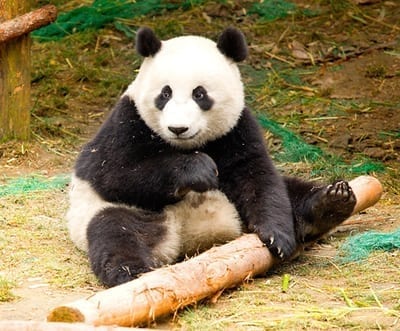
Well, not entirely true. Anyone can smoke tea leaves (no, not that way), but it can’t be considered true Lapsang Souchong unless it’s grown and processed on Mount Wuyi in Fujian province, China. Of even greater value is Lapsang from the original village that invented it – Tong Mu. However, in recent years, production at the original site has dwindled. The reason? A newer, more marketable upstart – Jin Jun Mei.
Lapsang Souchong itself doesn’t fetch a high price in bulk. While it has an interesting story, and an even more fascinating processing style, it is considered a low-grade tea. In most circles, smoking tea leaves is a method for hiding any flaws the potential brew might have. It’s much harder to judge the quality of a leaf that is heavily smoked. Hence the reason the price per yield is much lower.
Jin Jun Mei, while a newer cousin to Lapsang Souchong, utilizes higher grade leaves. They tend to be younger and gold-tipped (as the “Jin” in the name implies). One could even compare the processing style to that of a gold-tipped Yunnan Dian Hong. I vaguely remember trying Jin Jun Mei several years ago, but it barely made an impression on me. Since then, the price per pound has sky-rocketed, and traditional Lapsang Souchong took a back seat.
A young, upstart tea nudging out one of my personal favorites? Not on my damn watch! It was high-time I gave this little gold weasel the brew-beating it deserved. As luck would have it, the wonderful company, Wild Tea Qi, sent me two teas to do exactly that.
It was time for a good ol’-fashioned . . .
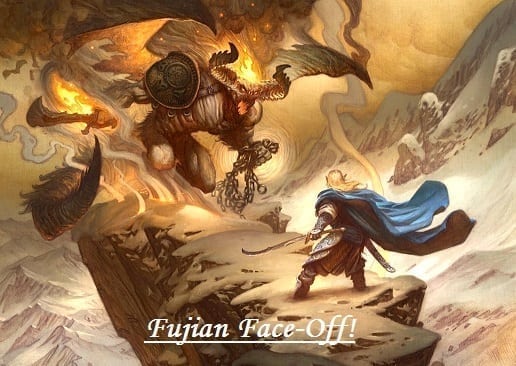
In the right corner was a Wild Lapsang Souchong. In the left corner: A Tong Mu-produced Jin Jun Mei.
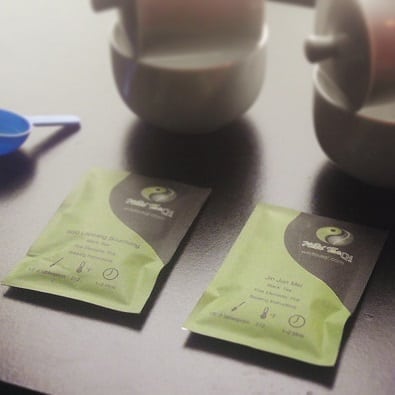
The “wild” in the Lapsang Souchong meant that the leaves were plucked from plants that were left to grow without much cutting. It, however, was not from Tong Mu.
The wild leaves were surprisingly thin, small and twisty – typical for a tea of its type, but there was something missing. The smell of smoke! Okay, not entirely true, it was sorta there but faint. It made me think back to another Lapsang that was smoked over wet pinewood instead of dry. Very similar aroma – woody, slightly sweet and malty.
The Jin Jun Mei? What the hell?! Okay . . . I know for a fact that it’s considered part of the “Souchong” family, but I was under the impression that it wasn’t smoked over pinewood – wet or dry. Its close sibling, Yin Jun Mei was. Heck, I’ve had it. But this?!
I digress.
When I tore open the bag, I was expecting tippy, young leaves – typical of a “gold” tea – but the ones I got here were darker and difficult to describe. Sure, there were gold-tippy pieces in the thin, twisty mini-pile of dry leaves. But here’s the thing . . . the aroma. Damn it, the aroma! It was smokier than the Wild Lapsang! How was that f**king possible?!
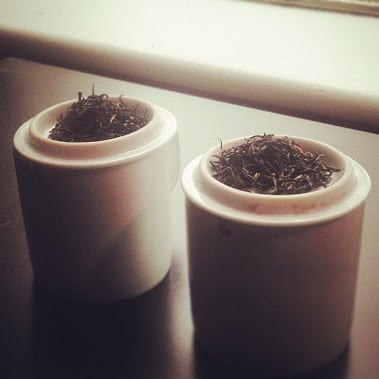
Calming down.
This required some background review of each tea’s profile. Wild Tea Qi said nothing about their Wild Lapsang Souchong being smoked. In point of fact, all they said was that it was “dried” over pine, then lightly fried. No smokeage. By contrast, their Jin Jun Mei was smoked, which went against everything I knew about the tea. (Granted, which wasn’t much.)
It was like I was about to brew up in a bizarro universe. All I needed was a goatee. I approached both teas the same way – a teaspoon of leaves in 6oz. steeper cups, infused for three minutes.
Wild Lapsang Souchong . . .
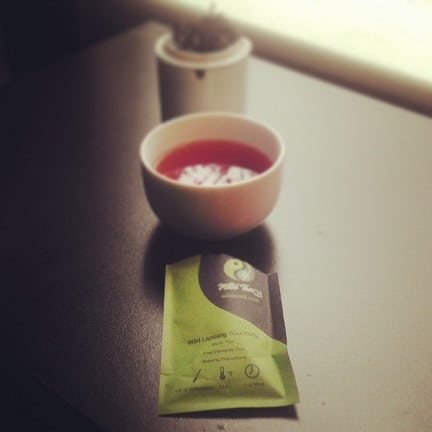
It brewed to a dark cherry wood liquor color with an unusually sweet aroma. Seriously, it reminded me of a chocolate bar melted on firewood. Taste-wise, the introduction was bitter, but it mellowed out quickly to a weird, almost floral middle before ending on a note of leather and ash. Just what I would expect a Lapsang to do, only with less burning.
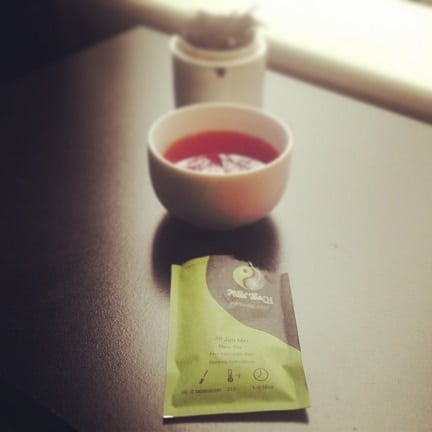
Holy crap! I mean, seriously. What the hell did I just taste? No, I’m not dissing it; quite the opposite. The liquor brewed up the same as the Wild Lapsang, but the aroma was fruitier – berry-ish, even. Also like the Lapsang, the flavor profile began the same way. The initial sip was smoke, which immediately transitioned to . . . cherries and honey dipped in burnt chocolate.
The winner? Damn it. I really didn’t want to say this . . . Jin Jun Mei.
It hit all the right marks, threw me for a loop in all the right ways. I loved the Wild Lapsang, but I adored the Jun Mei just a little bit more. This was seriously not how I thought this brewing session would turn out.
I don’t know what to believe anymore.
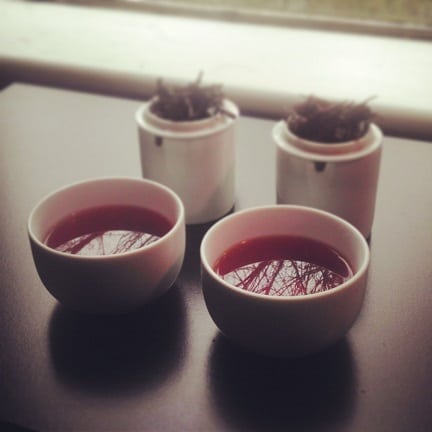
Leave a Reply